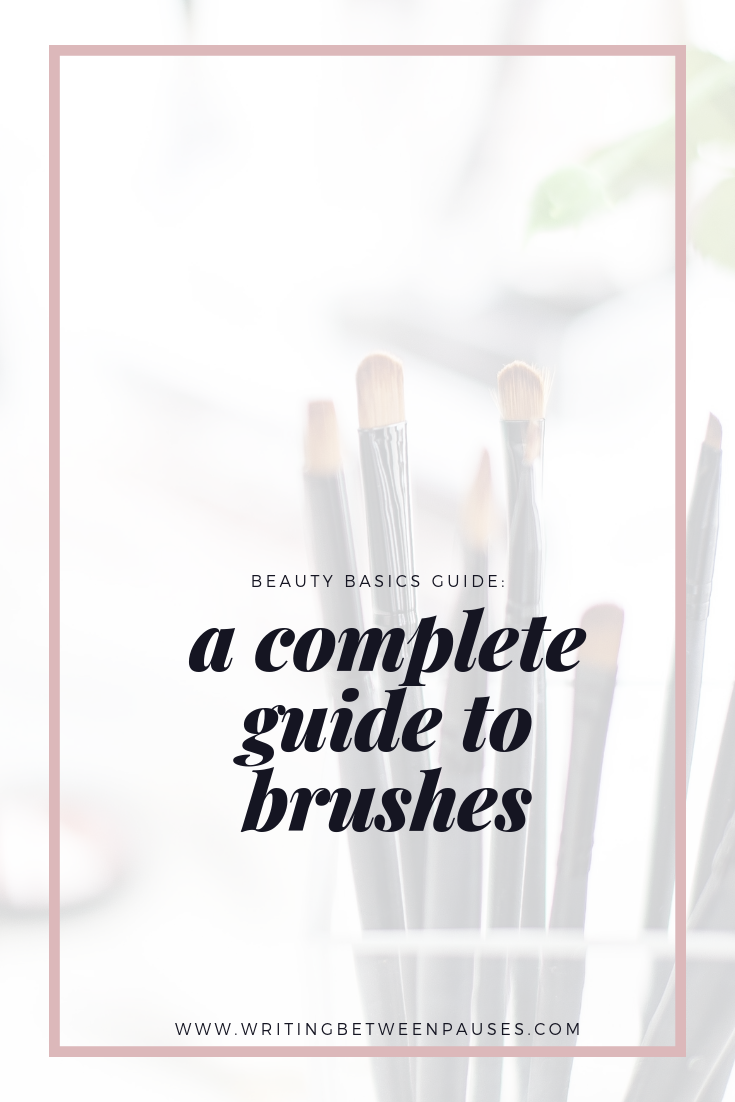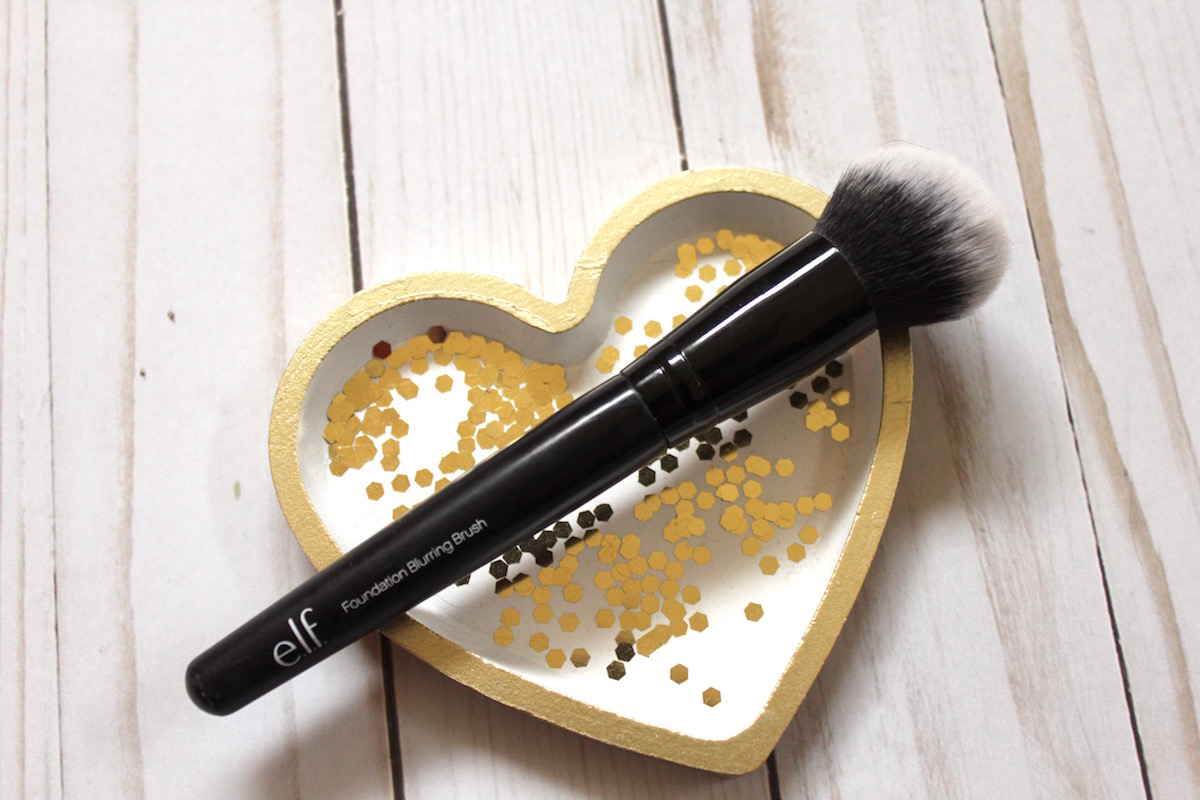Welcome to the beauty basics guide! My first post, a guide to brushes, was so successful, I decided to keep going! If you have a beauty basics question, or an area where you think a guide would help, let me know in the comments. I noticed that so many beauty blogs don’t post a basics guide when it comes to beauty; we’re all learning and sometimes we all need a foot up!
Foundation, primer, & powder are considered the base of your makeup. When you have a good base, you can pretty much always feel confident about your makeup. As well, if you’re main concern is evening your skin tone or hiding a few blemishes, your base is where you want to focus most of your energy.
When it comes to choosing foundation, I know it can be super overwhelming; there are so many to pick from! This post won’t necessarily help you pick your specific foundation; I instead hope to help you determine what you should look for in a foundation, as well as a primer and powder. Let’s get started!
Primer
I know I just mentioned foundation, but it makes more sense to work from the bottom to the top in terms of application.
Primers are incredibly popular for helping smooth out your foundation, make application easier, and increase the wear time. There have always been debates on whether you need to use primer or not; a lot of people do and a lot of people don’t.
I happen to fall into the category of someone who avoids primer; occasionally, I will test one out. But usually, I decide I don’t need it; the reason is because primers often don’t play nice with my skin at all. I’ve yet to find one that really worked for my skin.
That being said, lots of people love primers. If you want to try one, here are a few things to look for.
If you have dry skin: Primer is often ideal if you have skin that is quite dry or can get flaky with foundation. Hydrating primers, like e.l.f.’s (which is super affordable), can help boost your skin’s moisture before you apply foundation. There are thankfully lots of hydrating primers on the market; here’s a great list of 10.
If you have oily skin: Primer often doesn’t place nice with oily skin, so you have to make sure to pick your primer well. Check your ingredients; slippy, silicon-based primers are better for dry skin, so avoid those. Any primer that promises “mattifying” is better, but make sure to spot test accordingly. The Tatcha primer is one of the best on the market, but for $22, is a little spendy; here’s a list of a bunch of options.
If you have regular skin: If you feel you’re neither super oily or super dry, you can pretty much get away with anything. The world is, essentially, your oyster—primer-wise, that is. Here’s a great list of 15 primers that you can check out.
Foundation
Foundation! If you’ve found your perfect primer (or you’ve decided to skip it for the moment), it’s time to think about foundation.
It goes without saying: not everyone needs or has to use foundation. You aren’t obligated to have perfect skin. However, if wearing foundation lets you feel more comfortable, then it is entirely up to you.
Like I said, there are so many foundations to choose from. I’ve reviewed what feels like hundreds of foundations for this blog alone. My most comprehensive post was about the foundation quizzes offered via Sephora and Ulta; you can read that post here.
When it comes to choosing foundation, here are a few things to look for:
If you have dry skin: Avoid foundations that offer “matte” or “mattifying.” These foundations will be too drying on your skin and will most likely contribute to dryness, texture, and flakiness. Look for dewy or hydrating foundations; go for water-based foundations, as opposed to cream foundations, which will be too heavy on your skin. My recommendations include Too Faced’s Dew You foundation and Wet’n’Wild Photo Focus Foundation.
If you have oily skin: You can play with using dewy foundations, but if you get oily throughout the day and tend to have your make up break down, matte or mattifying is the way to go. Cream foundations tend to work best on oily skin, but it depends on your needs when it comes to foundation. My recommendations for oily skin are the Hourglass foundation, Tarte Amazonian Clay foundation, and Too Faced Peach Perfect foundation.
Powder
Powder is probably the base product I’m most passionate about. Honestly, with the right setting powder, regardless of your skin type, your base will be amazing. Just like with foundation and primer, some people don’t necessarily need powder; if you have exceptionally dry skin, you aren’t going to want a powder that is super matte. However, if you have oily skin and you skip powder, you’re doing your base a disservice.
I’ve reviewed a ton of powders for my blog and I have a very specific set of requirements for powders—all of which are based on my skin type (which is very, very oily). This isn’t necessarily going to work for everybody because I follow the Wayne Goss method of powdering before foundation, then powdering after.
One mistake I often see people make is baking with a ton of powder on their undereyes; this is because we see beauty gurus or instagram videos doing it. Plain and simple: this will make your undereyes look terrible. It looks great for photos. And if you only set your undereye concealer, then the rest of your face makeup… isn’t set. Using powder all over your face makes it easier to apply powder blush and contour, as well as highlight. So, simple: a light layer of powder over your entire face.
If you have dry skin: again, you’re going to want to be careful with powders, as they can be quite drying. Look for a powder that doesn’t offer mattifying or long-lasting power—and definitely avoid talc-based powders. A few powders I’ve tried that I think would work great for dry skin would be the Hourglass powder and the Make Up Revolution luxury baking powder.
If you have oily skin: There are definitely levels of oily skin, but if you struggle with your foundation breaking down, I highly recommend trying the Wayne Goss method. (You can read about my foundation process here.) My favorite powder for oily skin is the It Cosmetics Bye Bye Pores powder; nothing sets like this powder does. If you are oily, this will keep your skin dry all day.
That’s it! The basics on choosing the right products for you and your skin. Have anything to add? Share with me in the comments!













